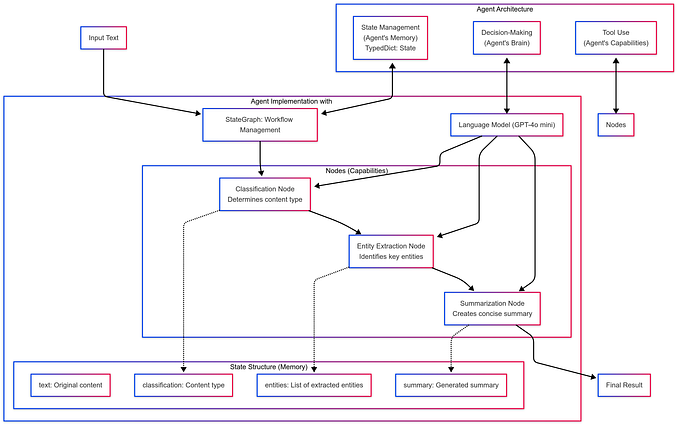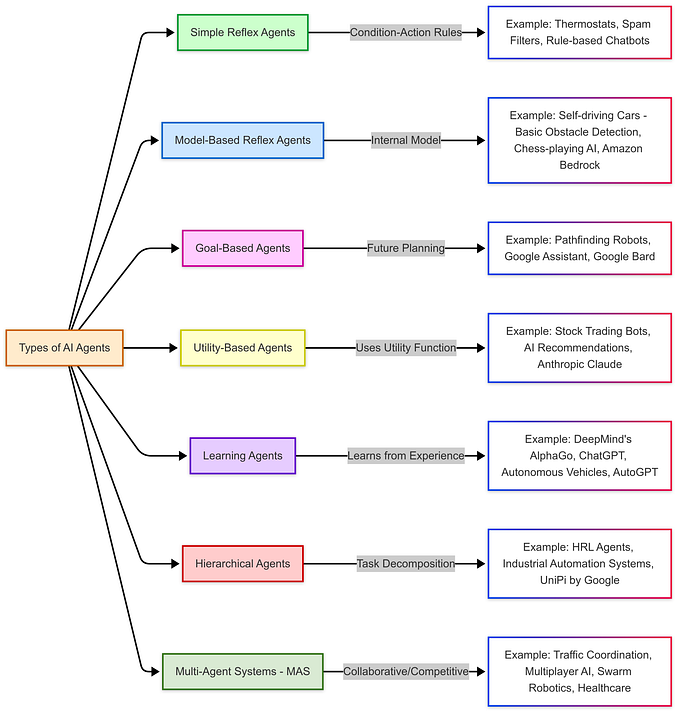How to Use AI in Your Data Backup Strategy

A reliable backup strategy is a must-have for any IT department. As data becomes more crucial to an organization’s operations, losing it becomes increasingly damaging. Preventing those worst-case scenarios is much easier when you capitalize on technologies like AI.
As important as backups are, managing them manually takes time and introduces significant room for error. That combination makes your backup strategy an ideal use case for AI, but you need to learn how to use it to capitalize on it. Here are five specific areas to apply this technology.
Get your ODSC Europe 2024 pass today!
In-Person and Virtual Conference
September 5th to 6th, 2024 — London
Featuring 200 hours of content, 90 thought leaders and experts, and 40+ workshops and training sessions, Europe 2024 will keep you up-to-date with the latest topics and tools in everything from machine learning to generative AI and more.
1. Automate Backup Creation
The first and most straightforward way to use AI in backups is to automate the actual backup process. Creating a secondary save of one file may only take a few seconds, but doing so across the whole organization is slow. Considering two in five IT workers experience high burnout, these repetitive workloads can hinder productivity and safety elsewhere.
AI can create backups of all files so you can focus on other, more pressing tasks. However, you shouldn’t stop there. You can also use AI to identify which files are most in need of a backup and schedule them accordingly.
Not all data is equal, but the most important files to back up, as well as where to store them, isn’t always clear. AI can weigh multiple influencing factors to determine ideal backup schedules faster and more accurately than humans. Consequently, it becomes easier to prioritize your most at-risk information.
2. Optimize Backup Storage
Storage optimization is another key use case for AI in data backup strategies. Storage space can get expensive, but not every file needs a perfect replica, providing a savings opportunity. You can save storage space through lower-quality files or store some data in different locations, and AI can determine the ideal practice for each to balance security and cost-efficiency.
Similarly, AI can send different data points to various storage locations depending on its sensitivity or recovery needs. It can also determine when some files need offline copies or multiple backups and automatically apply these fixes. These small improvements can produce significant savings at scale and enable faster recoveries in a breach.
3. Identify Risks
AI is also a useful tool for identifying security gaps in your backup strategy. Automated attack simulations save time and money compared to manual alternatives while revealing crucial risk information. By performing these tests regularly, you can optimize your backup protections over time to ensure you’re always safe from emerging threats.
Automated risk identification can catch more than just security vulnerabilities. You can also analyze your backup strategy to reveal inefficiencies or spots where technical errors corrupt files or otherwise impact data quality. Finding these issues helps you upgrade or patch systems where necessary to preserve your backup efficiency and reliability.
4. Monitor Backups
Similarly, you can use AI to monitor your backups for suspicious activity. Many organizations already understand the need to continuously monitor their primary data, but backups deserve the same treatment.
More than 93% of ransomware attacks specifically target backups, so breaches may occur here before anywhere else. AI can catch these attacks as they happen by establishing a baseline for normal behavior, letting it detect events that are out of the ordinary. Consequently, it can contain potential breaches earlier in the timeline, enabling faster mitigation and recovery.
Automation reduces breach response times by an average of 100 days, saving almost $1.8 million per incident. That level of improvement is impossible to achieve with manual methods, so AI monitoring is essential.
5. Automate Recovery
Your recovery strategy can also benefit heavily from AI. The primary reason to keep backups in the first place is to recover from data loss or an outage, but a slow restoration will hinder their efficacy. Over 60% of IT outages cost at least $100,000, so you need a faster recovery process.
Automation through AI is the answer. Machine learning tools can analyze your network to determine what needs the most attention to get back online faster. Similarly, it can prioritize which backups to restore first to minimize damages and ensure operability sooner.
ODSC West 2024 tickets available now!
In-Person & Virtual Data Science Conference
October 29th-31st, 2024 — Burlingame, CA
Join us for 300+ hours of expert-led content, featuring hands-on, immersive training sessions, workshops, tutorials, and talks on cutting-edge AI tools and techniques, including our first-ever track devoted to AI Robotics!
Your Backup Strategy Needs AI
Every organization’s backup and recovery strategy must be reliable, fast, and adaptable. AI provides those benefits, even while IT staffing challenges persist.
As AI technology grows, automated backup tools will become more effective and accessible. It’s time to capitalize on that trend and equip yourself with the strongest defenses possible to protect against rising cybercrime.
Originally posted on OpenDataScience.com
Read more data science articles on OpenDataScience.com, including tutorials and guides from beginner to advanced levels! Subscribe to our weekly newsletter here and receive the latest news every Thursday. You can also get data science training on-demand wherever you are with our Ai+ Training platform. Interested in attending an ODSC event? Learn more about our upcoming events here.









